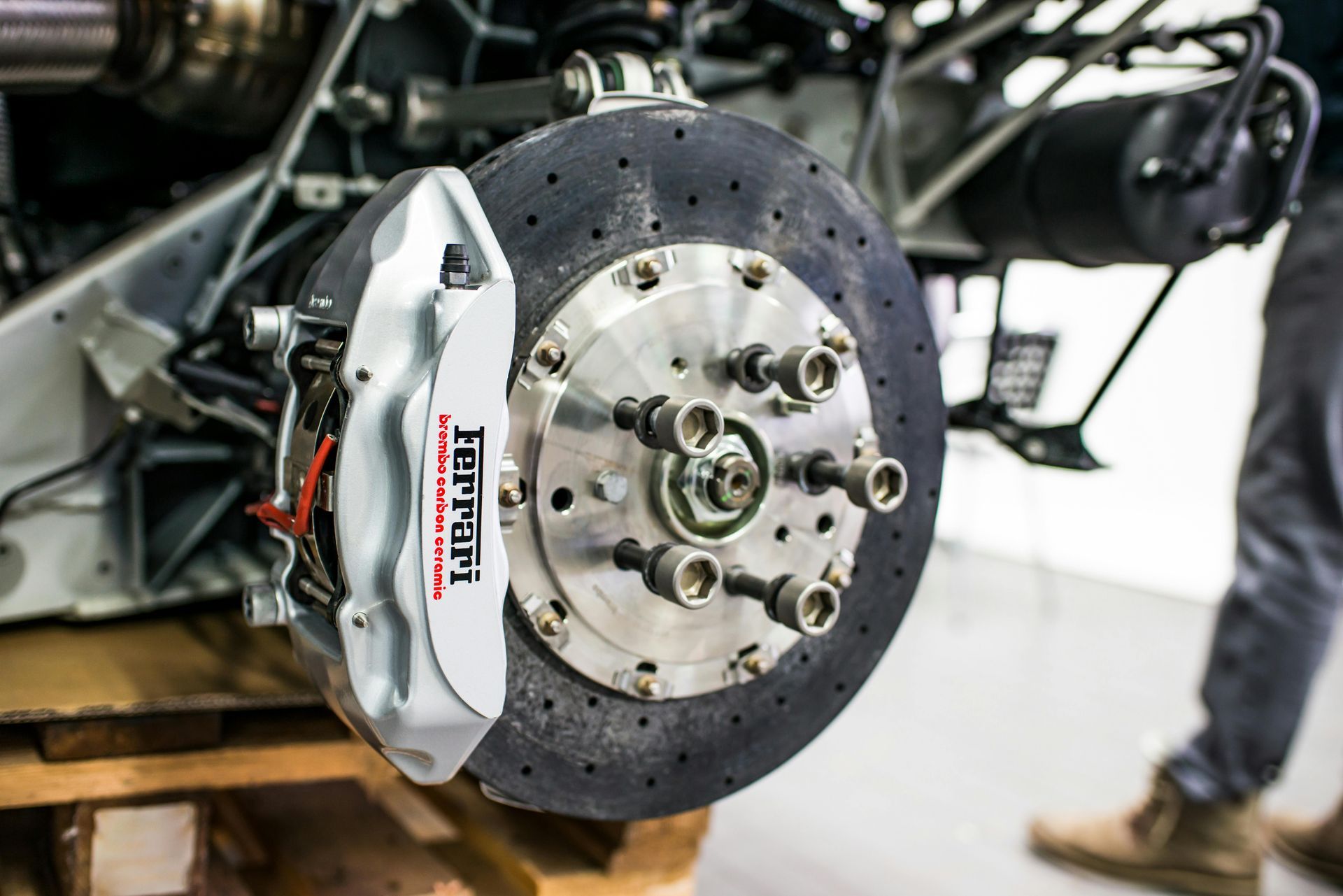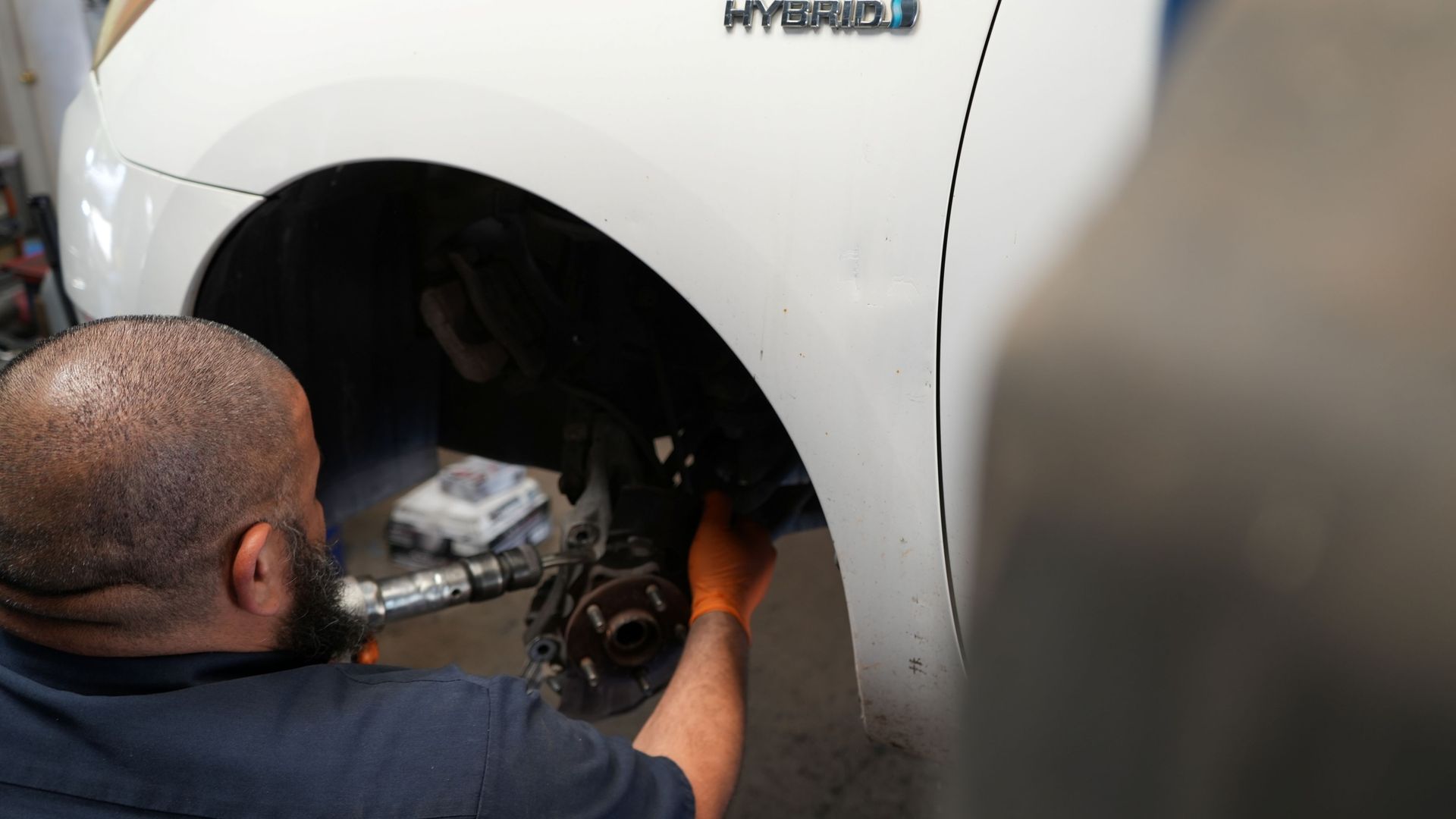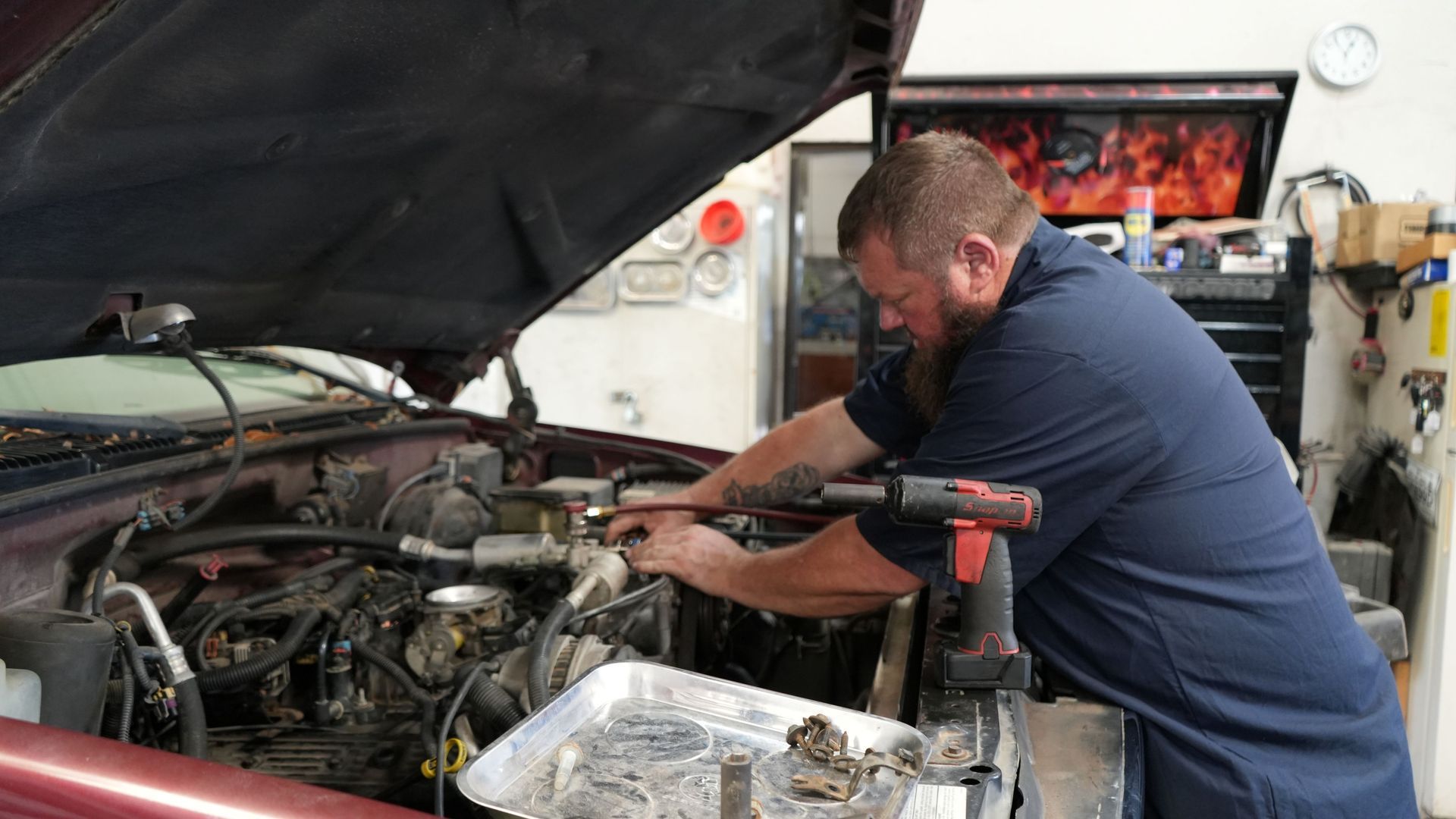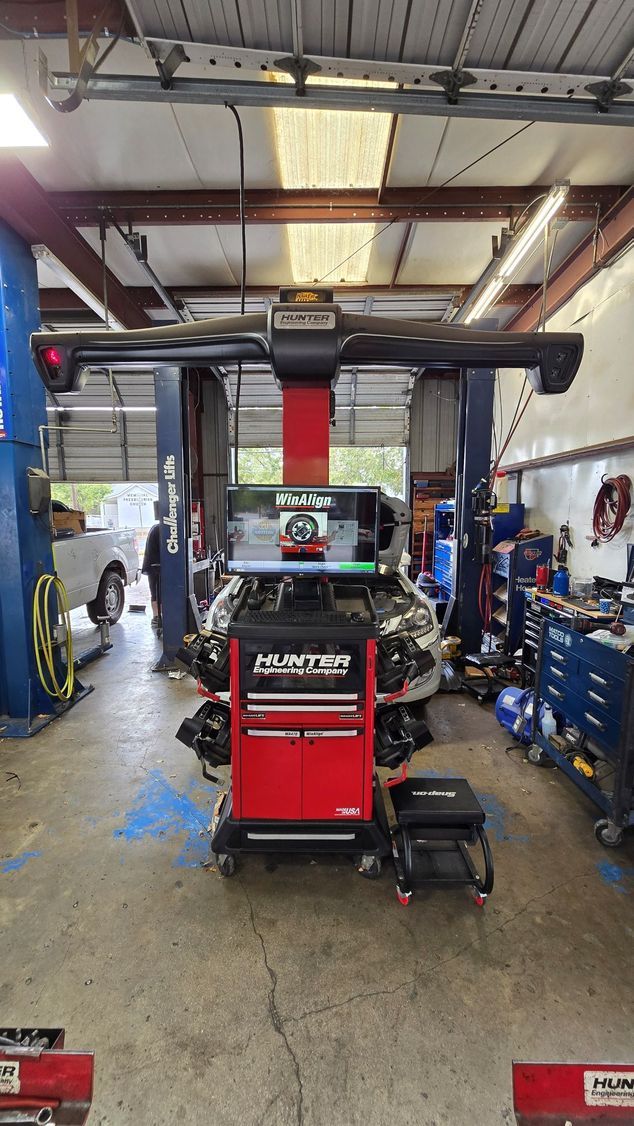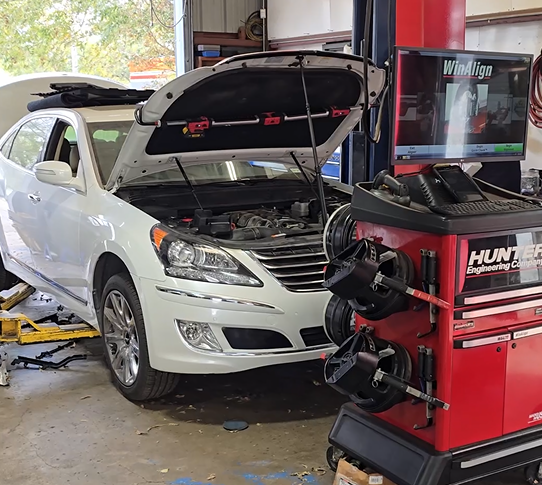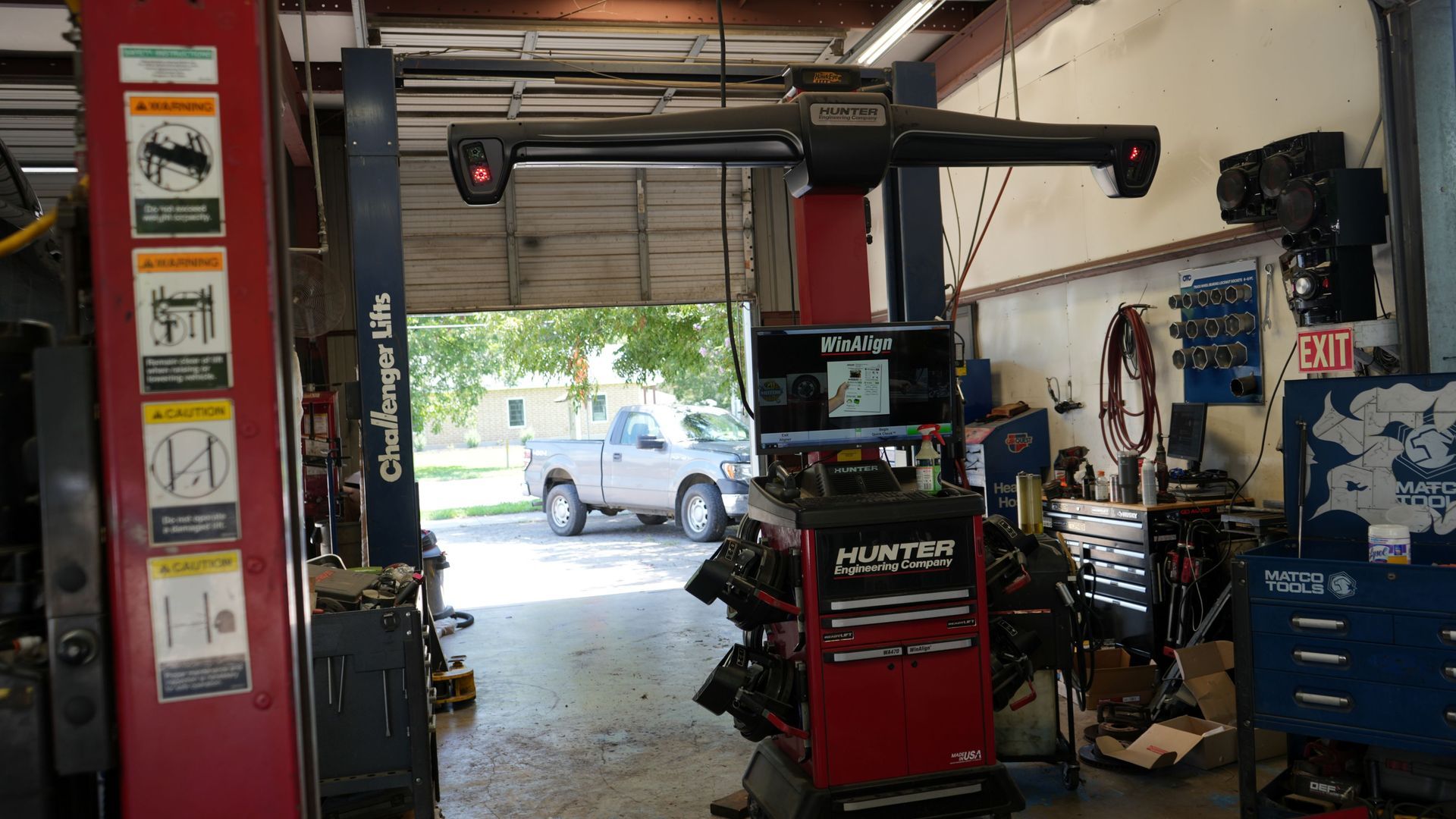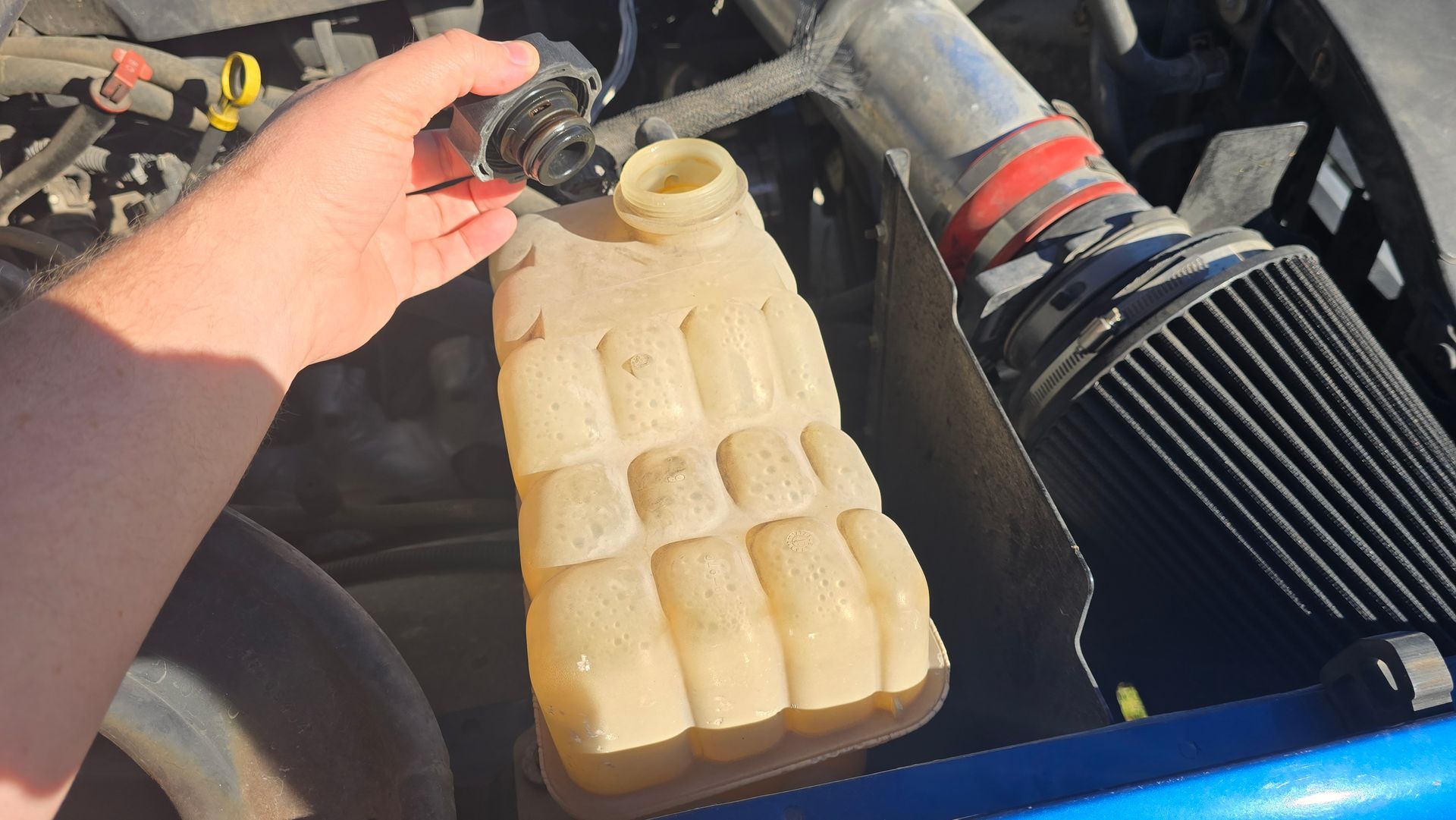Identifying Signs of Worn-Out Shocks and Struts
Identifying Signs of Worn-Out Shocks and Struts: How to Know When to Replace Them
Shocks and struts are essential components of your vehicle's suspension system, playing a critical role in maintaining a smooth ride, stable handling, and optimal safety. Over time, however, these components can wear out, leading to a range of problems that can compromise your vehicle's performance and safety. In this blog, we'll explore the signs of worn-out shocks and struts, how to identify them, and when to replace them.
What are Shocks and Struts?
Shocks and struts are hydraulic or gas-filled components that absorb bumps and shocks, helping to maintain your vehicle's stability and control. They work together with the suspension system to:
- Absorb road irregularities: Shocks and struts help to absorb bumps, potholes, and other road irregularities, providing a smoother ride.
- Maintain vehicle stability: Shocks and struts help to maintain your vehicle's stability, preventing it from leaning or swaying excessively.
- Improve handling: Shocks and struts help to improve your vehicle's handling, making it easier to steer and control.
Signs of Worn-Out Shocks and Struts
Worn-out shocks and struts can exhibit a range of symptoms, including:
- Bouncy or unstable ride: If your vehicle's ride is bouncy or unstable, it may be a sign that your shocks and struts are worn out.
- Leaning or swaying: If your vehicle leans or sways excessively, it may be a sign that your shocks and struts are no longer functioning properly.
- Noise or vibration: If you notice unusual noises or vibrations when driving, it may be a sign that your shocks and struts are worn out.
- Reduced handling: If your vehicle's handling is reduced, making it harder to steer or control, it may be a sign that your shocks and struts are worn out.
- Increased stopping distance: If your vehicle's stopping distance is increased, it may be a sign that your shocks and struts are worn out, compromising your vehicle's safety.
How to Check for Worn-Out Shocks and Struts
To check for worn-out shocks and struts, you can perform the following tests:
- Bounce test: Push down on the hood or trunk of your vehicle and release. If it bounces more than once or twice, it may be a sign that your shocks and struts are worn out.
- Visual inspection: Inspect your shocks and struts for signs of wear, such as leaks, rust, or damage.
- Road test: Take your vehicle for a drive and pay attention to its handling and stability. If it's unstable or difficult to control, it may be a sign that your shocks and struts are worn out.
When to Replace Shocks and Struts
If you've identified any of the signs of worn-out shocks and struts, it's essential to replace them as soon as possible. Here are some guidelines on when to replace shocks and struts:
- Every 50,000 to 80,000 miles: Shocks and struts typically need to be replaced every 50,000 to 80,000 miles, depending on your vehicle's make and model.
- If you notice any signs of wear: If you notice any signs of wear, such as leaks, rust, or damage, it's essential to replace your shocks and struts as soon as possible.
- If your vehicle's handling is compromised: If your vehicle's handling is compromised, making it harder to steer or control, it's essential to replace your shocks and struts as soon as possible.
Conclusion
In conclusion, identifying signs of worn-out shocks and struts is crucial to maintaining your vehicle's safety and performance. By recognizing the signs of wear and taking action to replace them, you can ensure your vehicle remains stable, controlled, and safe to drive. At Quick Align Automotive, we recommend checking your shocks and struts regularly and replacing them as needed. Contact us today to schedule a inspection and replacement of your shocks and struts.
